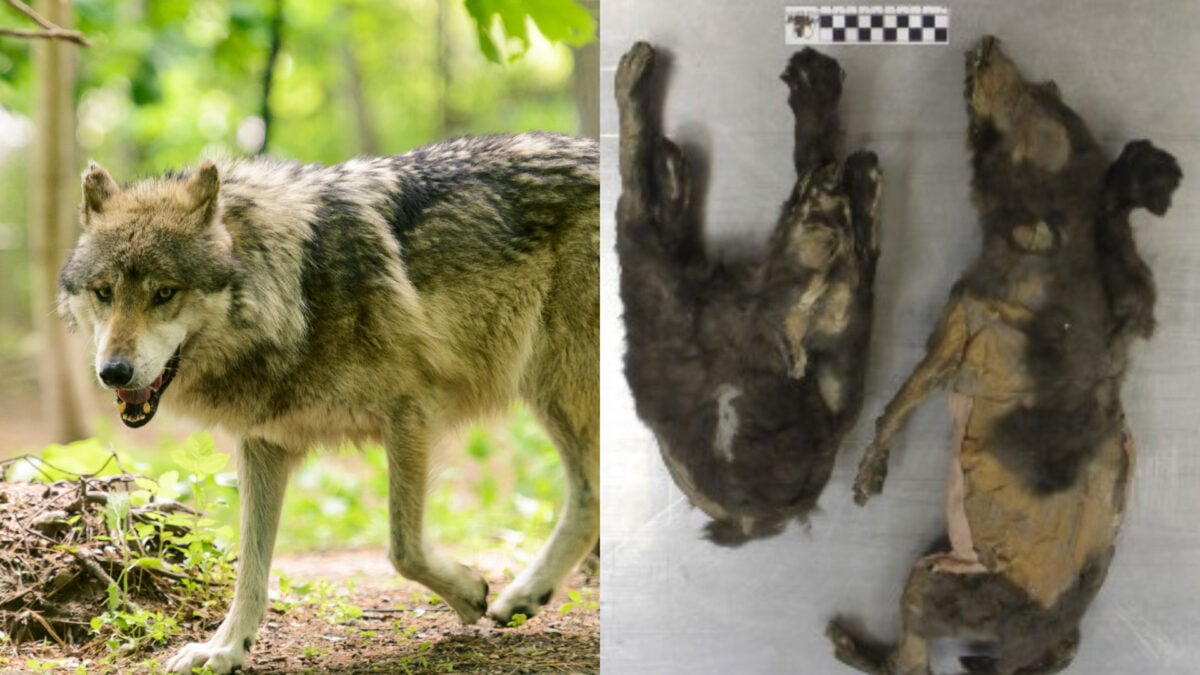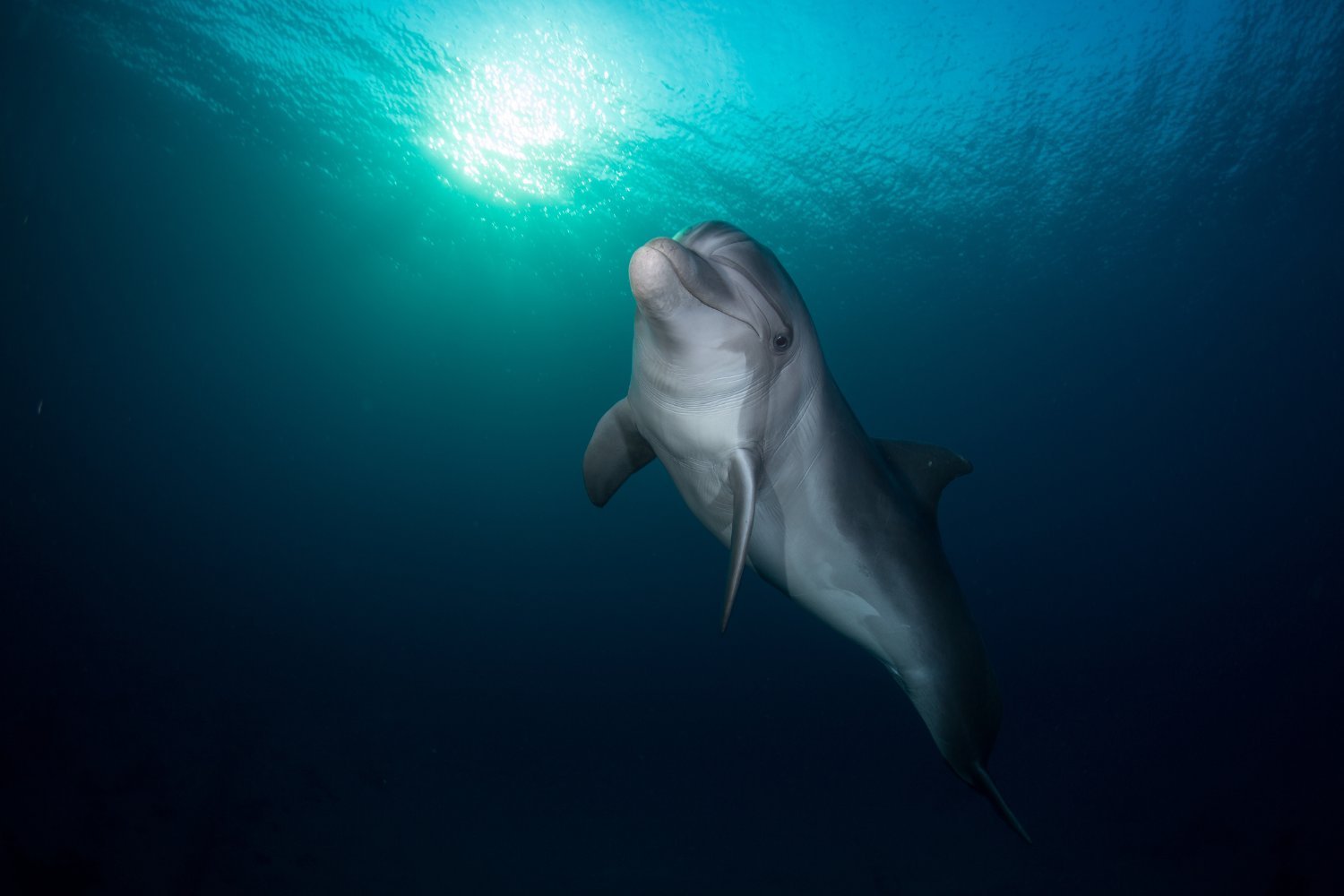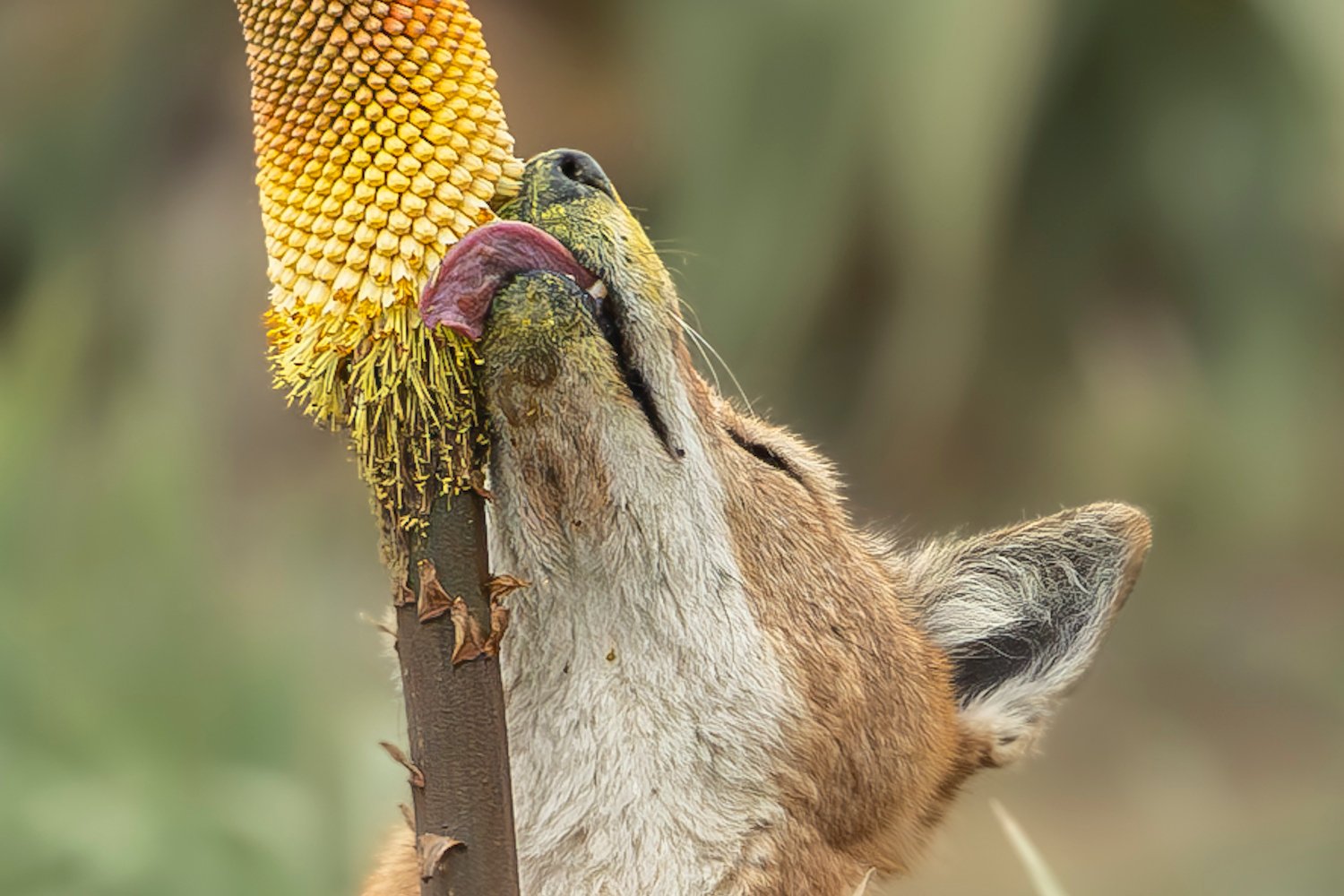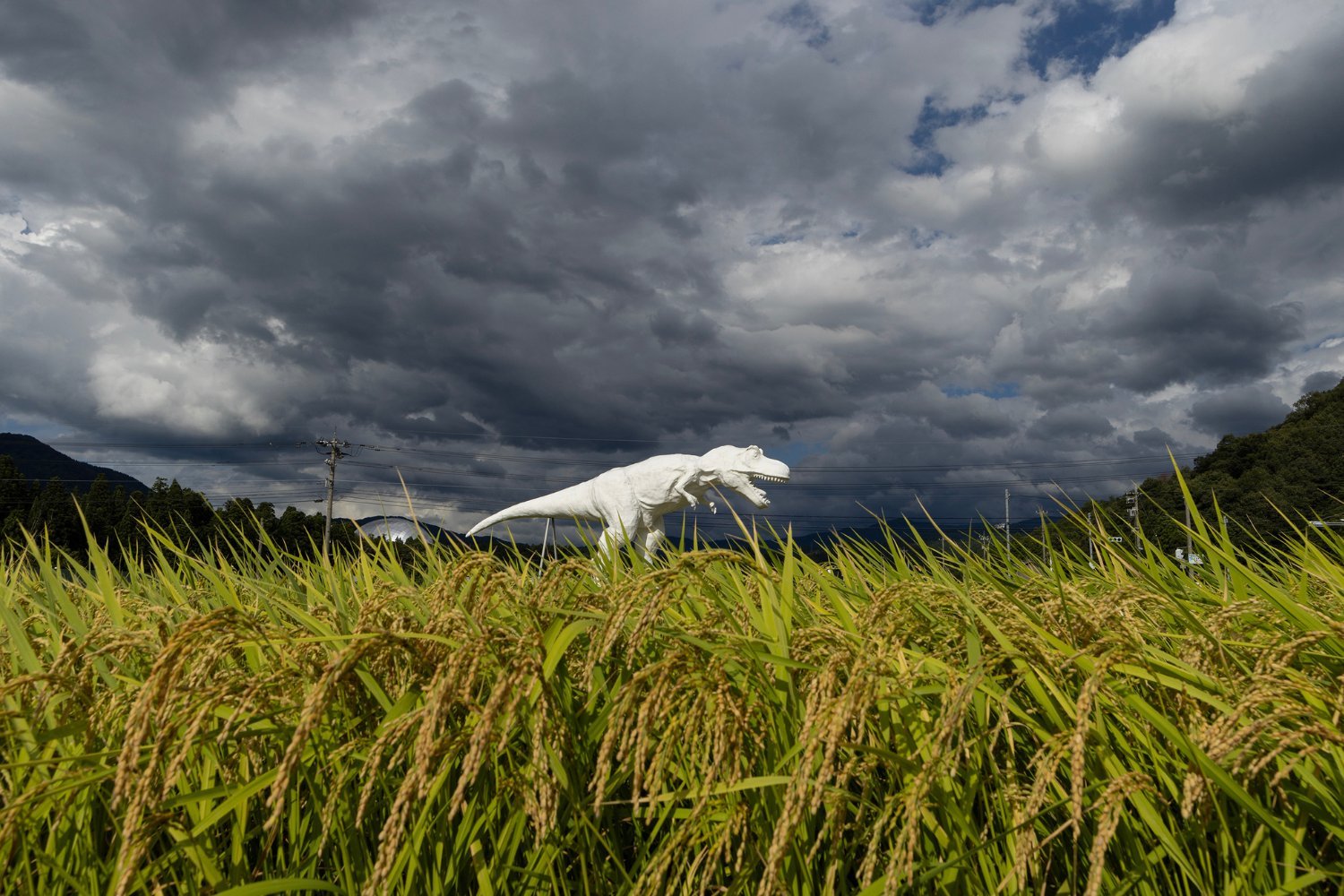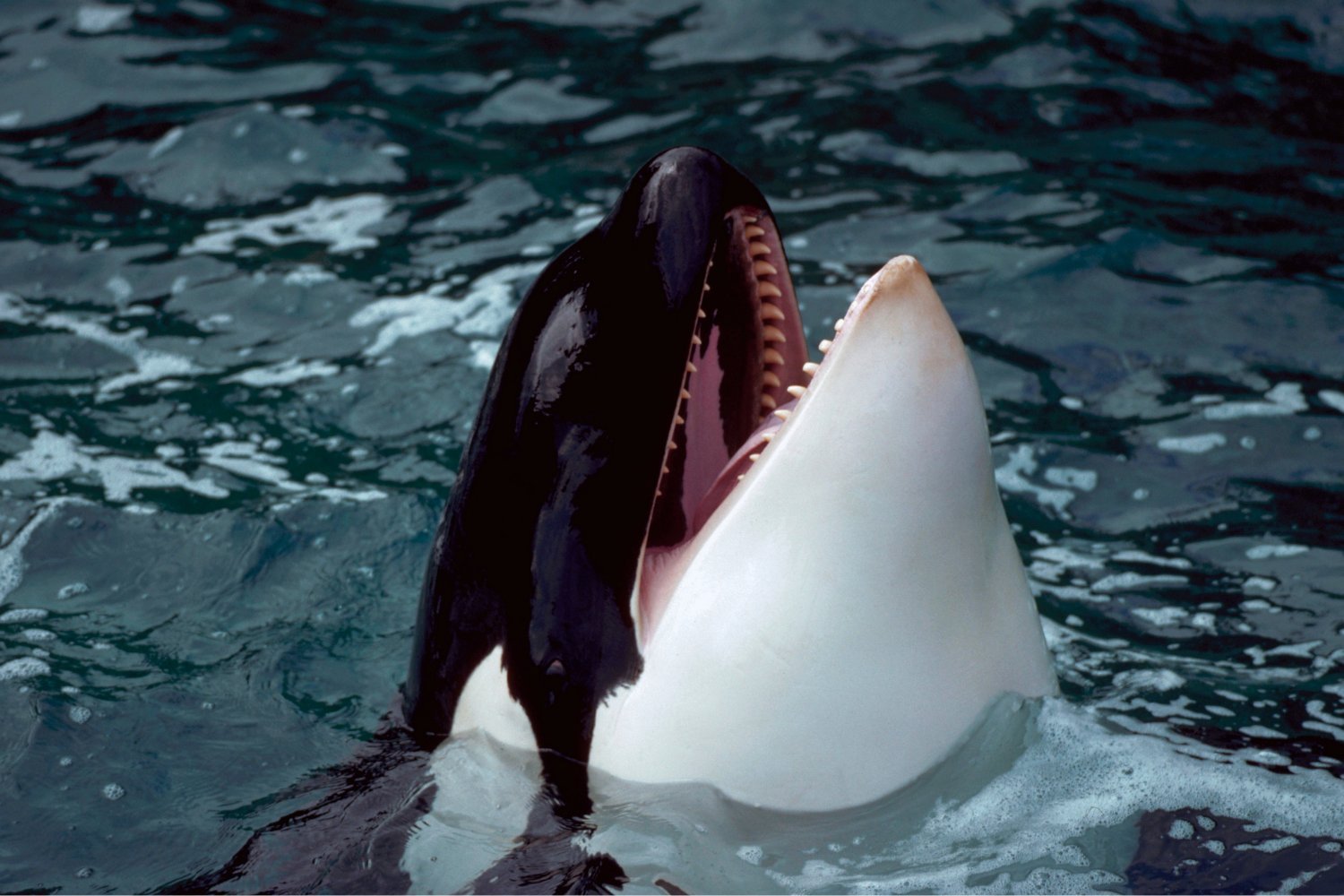The discovery of two remarkably preserved, 14,000-year-old pups in Siberian permafrost in 2011 and 2015 sparked considerable excitement. Found near Tumat, approximately 25 miles (40 kilometers) from the village, these “Tumat Puppies” were unearthed alongside woolly mammoth bones showing signs of human processing. This led to speculation that they might be tamed wolves or even early domesticated dogs, potentially lingering near a prehistoric butchering site for scraps. However, a new comprehensive study challenges this narrative, offering fresh insights into these Ice Age canids.
Unraveling the Mystery: New Study Challenges Early Theories
An international team of researchers, led by the University of York, has concluded that the Tumat Puppies were not associated with human mammoth butchering activities and, by extension, show no clear link to human interaction. Instead, their characteristics closely align with those of modern wolves. The findings were published in the journal Quaternary Research.
The team meticulously analyzed genetic data extracted from the pups’ gut contents, alongside “chemical fingerprints” from their teeth, bones, and tissues. This multi-faceted approach aimed to determine if their diet or genetics could substantiate the theory of early domestication or association with human activity. The paper states, “The Tumat Puppies, two permafrost-preserved Late Pleistocene canids, have been hypothesized to have been littermates and early domesticates due to a physical association with [presumed] butchered mammoth bones.” However, the research found “no evidence of mammoth consumption,” thereby failing to “establish a link between the canids and ancient humans.”
A Prehistoric Meal: Insights from the Pups’ Diet
If the Tumat Puppies had been early dogs or tamed wolves living alongside humans at a mammoth-processing site, it is highly probable they would have consumed mammoth meat. The absence of such evidence in their systems is a key finding. Instead, researchers made a surprising discovery: their last meal included woolly rhinoceros.
The study revealed that the pups consumed a diverse diet, including both meat and plants, a characteristic shared with contemporary wolves. Evidence also suggests they were still nursing, receiving milk from their mother. The presence of woolly rhinoceros, even a juvenile, as prey for these relatively small canids suggests that Ice Age wolf packs may have been capable of hunting larger game than initially thought, or perhaps the pups scavenged the remains. Researchers found an undigested piece of woolly rhinoceros skin in one pup’s stomach, indicating they died shortly after this meal. [internal_links]
 Preserved remains of the two Tumat Puppies, ancient Ice Age wolf pups discovered in Siberian permafrost.
Preserved remains of the two Tumat Puppies, ancient Ice Age wolf pups discovered in Siberian permafrost.
Life in the Ice Age: Environment and Pack Behavior
Analysis of fossilized plant remains found in the pups’ guts provided valuable insights into their prehistoric environment. It suggests they inhabited a region characterized by diverse habitats and ecosystems, which was relatively dry and mild with mixed vegetation.
The research also shed light on their social behavior. “The pair were sisters and likely being reared in a den and cared for by their pack—all common characteristics of breeding and raising of offspring in wolves today,” said Nathan Wales, a co-author from the University of York’s Department of Archaeology. This finding of them being littermates cared for by a pack aligns with typical wolf behavior. Furthermore, previous genetic research, supported by these new findings, indicates that the cubs belonged to a now-extinct wolf population entirely unrelated to modern dogs.
Revisiting the Dog Domestication Timeline
One factor contributing to the initial theory of the Tumat Puppies being early dogs was their black fur. This coloration was previously thought to be a mutation exclusive to domesticated dogs. The current study clearly challenges this notion, demonstrating that this trait could also be present in ancient wolf populations. Anne Kathrine Runge, a co-author from the University of York’s Department of Archaeology, explained that this further complicates the already intricate mystery surrounding the origin of dogs.
“Whilst many will be disappointed that these animals are almost certainly wolves and not early domesticated dogs,” Runge stated, “they have helped us get closer to understanding the environment at the time, how these animals lived, and how remarkably similar wolves from more than 14,000 years ago are to modern day wolves.”
Conclusion: A Clearer Picture of Ice Age Wolves
The comprehensive analysis of the Tumat Puppies has definitively shifted their classification from potential early dogs to Ice Age wolves. The absence of mammoth in their diet refutes a direct link to human butchering sites, and their genetic makeup points to an extinct wolf lineage distinct from modern dogs. These findings not only solve a 14,000-year-old puppy mystery but also provide invaluable data on the diet, behavior, and environment of Late Pleistocene canids, enriching our understanding of wolf evolution and the complex history of dog domestication. This research adds another layer to ongoing discussions in paleogenetics, such as the debate surrounding whether biotech company Colossal Biosciences’ genetically-edited canines are truly resurrected dire wolves or modified gray wolves.
References
- Julie F. M. d. C. van der Plicht, et al. (2024). Multifaceted analysis reveals diet and kinship of Late Pleistocene Tumat puppies. Quaternary Research, 1-14. https://www.cambridge.org/core/journals/quaternary-research/article/abs/multifaceted-analysis-reveals-diet-and-kinship-of-late-pleistocene-tumat-puppies/B4DC077D8A6C18FD96F7E8E0D3428A46



